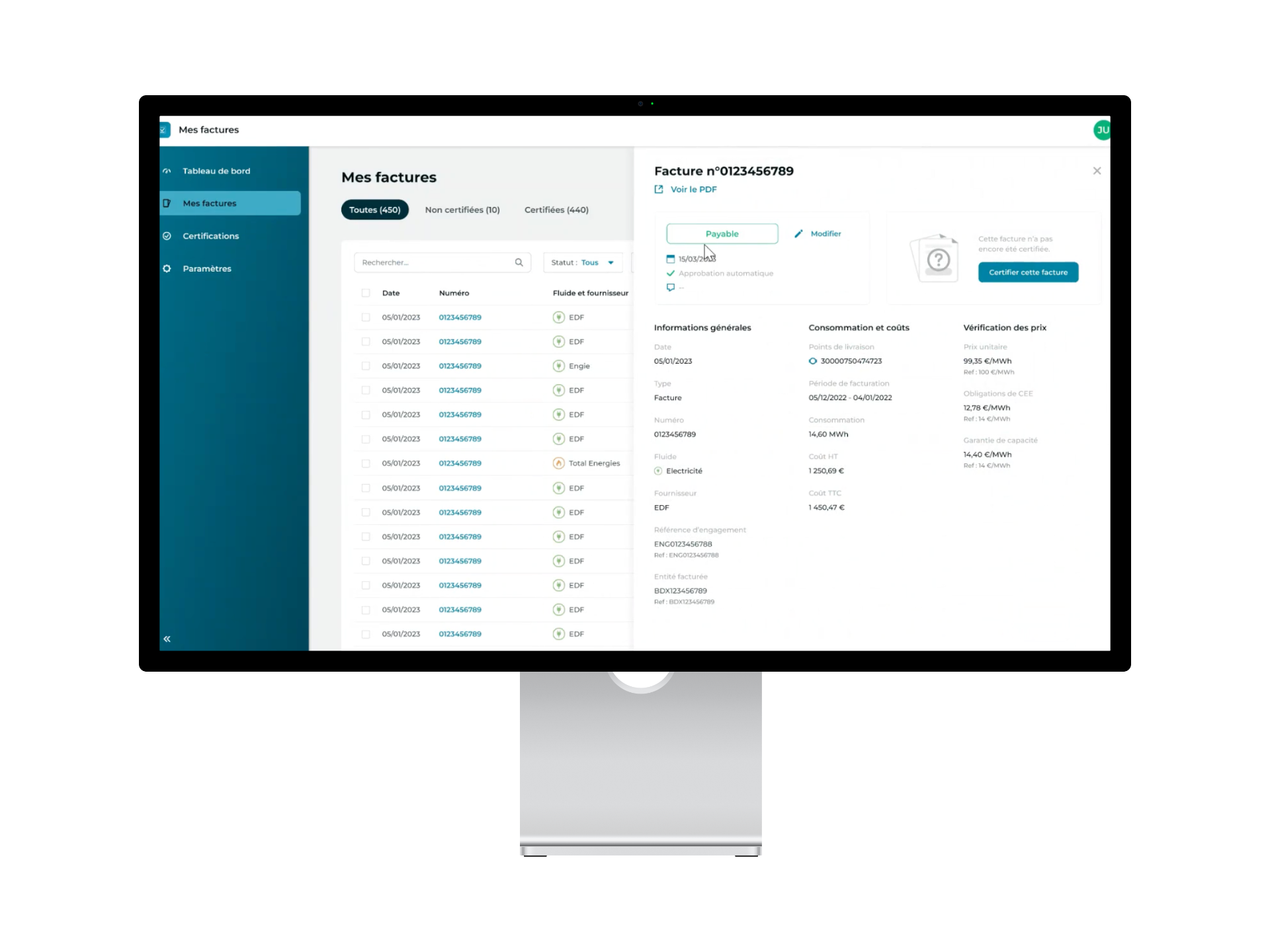As part of the European policies of energy and environmental transition, the European Union has provided, in a directive dating from 2012, the principle of a regulatory energy audit for large companies.
Transposed into French law in the Energy Code, this audit is intended to encourage these companies to implement an approach to improve the energy efficiency of their activities. It targets the largest professional energy consumers in the service and industrial sectors, with a potentially significant impact on national energy consumption.
Indeed, if the recommendations of the audit are implemented, the expected energy savings can be up to 30%, or even more than 50% for the part related to the building.
Are you one of the companies concerned by this regulatory audit?
Discover the 5 essential steps to carry out this energy audit, to comply with regulations and to optimize the energy performance of your company.
Regulatory energy audit: which companies are concerned?
If your company has more than 250 employees or has declared a turnover of more than 50 million euros and a balance sheet of more than 43 million euros over the last two fiscal years, you are required to carry out a regulatory energy audit, renewable within a period of 4 years.
Only companies that have already implemented an ISO 50001 compliant energy management system are exempt.
The energy audit is an essential step to evaluate the energy consumption of your buildings and facilities and to initiate concrete actions to improve your energy efficiency.
It allows you to :
- Identify energy saving opportunities
- Develop an action plan
- Reduce your energy bills
- Gain in productivity and competitiveness
- Respond to regulatory and environmental issues
Once the challenges of the regulatory energy audit have been set out, let’s look at the five steps to follow in order to carry it out.
Choosing the right service provider
The auditor’s regulatory obligations
The energy audit is a long and exhaustive process, since it must cover at least 80% of the company’s overall energy bill.
In addition, the audit file submitted to ADEME must meet several requirements. It includes :
- A definition of the perimeter selected;
- An assessment of energy consumption for each energy use;
- A list of actions to improve energy efficiency;
- Quantified indicators corresponding to the cost of the work, with the achievable energy savings and the return on investment time.
For companies, the project can be tedious and costly. This is why it is advisable to be accompanied by a qualified auditor. From this point of view, the NF EN 16247 standard is a guarantee of competence. It certifies that your service provider has experts trained and certified specifically to audit industrial buildings and processes.
Internal auditor or external service provider?
As long as it meets the legal requirements, you are free to choose an internal auditor or an external service provider.
In all cases, the auditor must :
- be trained to perform energy audits
- have 3 to 7 years of experience
If you choose an internal auditor, he or she must also perform audits for other companies and be able to perform the assignment independently.
Conducting an energy consumption inventory
To meet regulatory requirements, the energy audit report submitted to ADEME must include an assessment of energy consumption for each energy use. The audit must cover at least 80% of the company’s energy bill.
Therefore, first, the auditor proceeds to a thorough examination of the company’s installations and processes.
This phase includes two main steps:
- establishing a list of buildings and processes concerned by the audit (definition of the perimeter)
- collect all the data, especially building data, necessary for the audit
From these elements, the auditor has an overview of what the company is already measuring. The data collected at this stage constitutes the « zero point » of the energy performance measurement.
But it is not necessarily sufficient.
Depending on the company’s level of maturity in terms of energy performance measurement, some data, which is necessary for the audit, may be missing. In this case, the service provider establishes a list of the necessary energy performance indicators. Then, the service provider determines with the company the best practices to efficiently collect the missing data.
Gathering the information needed for the energy audit
The energy audit is the prelude to an optimization process. From an inventory of fixtures, the auditor will propose improvement axes which will materialize in an action plan.
Once the initial state is known thanks to the inventory of fixtures, the second step consists in enriching the existing data to better understand
- the « why » of energy consumption
- the energy efficiency actions to « correct » these consumptions
In other words, the first step is to measure the « how much ». Here, we evaluate the « why » and the « how ».
To determine the causes of an energy consumption, it is necessary to refine the data:
- break down energy consumption as much as possible, by source, by use, …
- cross-reference energy consumption data with other internal and external data
For example, if you want to analyze the electricity consumption of a building, you can break it down by use (for example, the lighting of the building), by time slot. Then, we can cross this data with internal data (building occupancy, occupants’ use according to the time slot, …) and external data (external luminosity, …).
To gain relevance and precision in the energy audit and implement actions that will optimize the company’s energy performance, the implementation of an intelligent data collection and analysis solution appears to be the ideal solution.
Indeed, from the simple example of lighting data, we can see that, in order to make the right decisions, we need to collect, synthesize and analyze multiple data from different sources. If you multiply this by the number of items to be considered, manual data processing quickly becomes impossible.
Establish an action plan or an energy improvement program
The objective of the energy audit is clear: to encourage large companies to embark on an energy performance improvement program.
Indeed, the audit obliges them to detect the energy savings that can be achieved within the framework of their activities. But the approach goes even further since the audit report is accompanied by an action plan.
Defined by the expert, this action plan consists in building several scenarios to reduce the energy consumption of the company, for example
- energy efficiency improvement
- energy renovation works
The auditor’s recommendations are based on the synthesis and analysis of the energy data collected during the audit. The auditor’s recommendations are based on the summary and analysis of the energy data collected during the audit, but it is now a matter of drawing predictive scenarios from them, detailing the actions to be considered, their impact on energy consumption and also their financial impact for the company.
Indeed, the energy improvement program aims to reconcile energy performance and company performance. It includes :
- a list of the works and improvements considered
- an estimate of the cost of these actions
- an estimate of the ROI of each scenario and the return on investment time
- possibly, the public aid to which the company may be entitled
Here again, in the case of a large company with a large number of tertiary or industrial buildings, the construction of these scenarios can be complex. The multiplicity of data to be taken into account influences the estimation of the ROI. If some data is missing or wrong, the scenarios are distorted. The company risks making damaging decisions. That’s why relying on an intelligent data analysis solution makes it easier to create accurate, readable, well-documented and actionable predictive scenarios.
Formalize the energy audit report
Once these steps are completed, the expert formalizes everything in an energy audit report. The company is then required to submit this report on the ADEME’s dedicated platform.
To facilitate the task of companies and auditors, the company provides standard energy audit reports.
The document provided must include the following elements
- the auditor’s certificate number if the audit is performed by an external service provider
- information on the buildings and facilities audited, including the size of the buildings and the activities audited
- the type and consumption of energy for each energy use
- the amount of the energy bill associated with the different types of energy consumed
- a prioritized list of energy efficiency improvement opportunities
- an action plan to improve energy performance with an estimate of associated costs, expected energy savings and payback time
How does the N’Gage platform developed by Energisme help you in the preparation of your energy audit?
Data collection
The regulatory energy audit necessarily includes a phase of collecting energy data from the buildings and facilities covered by the diagnosis.
This step can be very time consuming for various reasons:
- You must collect data from each site
- Depending on the facilities and processes, the data formats are not necessarily harmonized.
The auditor may find himself with large sets of heterogeneous data, unusable as is.
The platform developed by Energisme facilitates the collection of energy data, whatever their source: billing data, remote reading, automats, smart meters, IoT sensors, …
Data homogenization
Once the data is collected, the difficulty lies in the multiplicity of formats. It is impossible to perform a reliable analysis with non-standardized data. This data cleaning work takes time.
The platform developed by Energisme takes care of the data processing. It facilitates not only data acquisition but also storage, standardization and reliability of energy data.
Data analysis and reporting
Finally, the audit consists not only of revealing energy saving opportunities but also of defining scenarios for improving energy performance.
From this point of view, the solution developed by Energisme brings a strong added value. From the data centralized in the platform, you can indeed test different scenarios, play on multiple variables and simulate your energy trajectory over the coming period.
This gives you tangible information on the expected impact of the actions you plan to implement. You can precisely evaluate the performance in terms of energy savings but also the economic profitability or the return on investment time of your actions.
Moreover, the platform includes data visualization features. Therefore, you can easily share these elements and make them intelligible in the audit report that you submit to ADEME.
With a 4-year delay between each audit, companies must quickly implement the recommended actions. Above all, given this relatively short interval, it is preferable to opt for a permanent monitoring of its energy performance.
For this purpose, a data efficiency software platform such as Energisme facilitates the collection and analysis of data and data-based decision making. In the long run, the solution also favors an evolution towards the ISO 50001 standard, which exempts companies from the regulatory audit in favor of a continuous optimization approach of energy performance.










